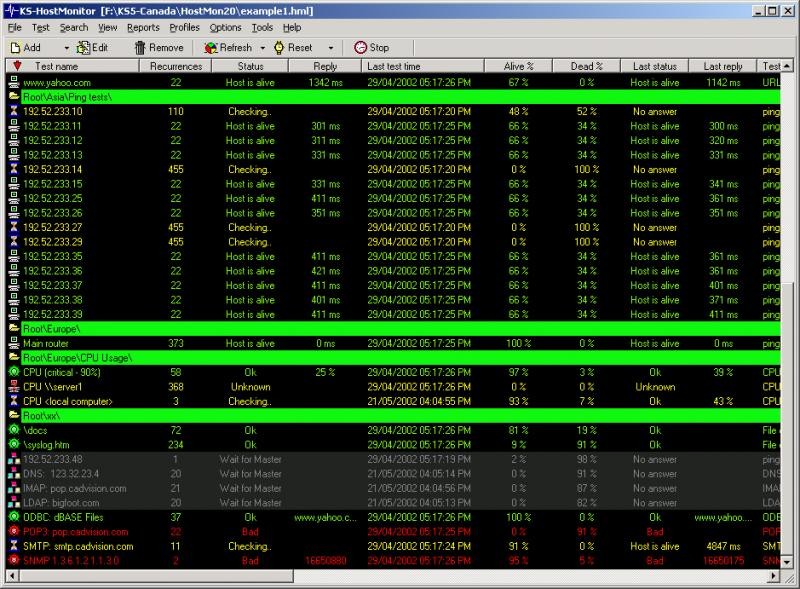


Some games may run better with one collection of settings, while others may run better with another. All of these tricks are dependent on both computers' hardware, and even the individual game you're running. Our extensive ESX host monitoring capabilities make sure you are fully. Unfortunately, there's no "one size fits all" collection of settings that will make your games run perfectly. Meet OpManager ESX SNMP monitor, the one-stop solution for all your ESX monitoring needs. On the client machine, launch Steam in a regular desktop window and try streaming that way-if things run more smoothly, you'll know you're one of the affected users. So, even though In-Home Streaming was designed to be used with Big Picture Mode, you may have to turn Big Picture Mode off until Valve fixes this problem. This is almost certainly a bug in Steam, but one that has yet to be fixed. Many users-myself included-have found that Steam Big Picture is such a resource hog that, on some systems, it can cause game performance on the client machine to suffer. If Steam is reporting a consistent 60fps but you're experiencing choppy performance, Steam itself may be to blame. Powerline adapters may be a decent substitute, though your mileage may vary depending on the wiring in your home. Even if running ethernet cables through your apartment isn't practically feasible, it's worth trying just to diagnose the problem-if it solves your performance issues, you know a more reliable network connection is the only fix. Wireless can work, but there are a lot of factors that can affect performance. If you're using Wi-Fi to connect your two Steam computers, try a wired ethernet connection to see if it works better. You should select this setting in most cases.

Advanced host monitor driver#
The guest monitors cannot exceed the maximum bounding box that the SVGA driver uses, 7680x4320.
Advanced host monitor how to#
Related: How to Easily Extend Your Home Network with Powerline Networking The virtual machine uses the number of monitors on the host system. But it isn't just about speed: ethernet wins big when it comes to latency, range, and interference, which can make a big difference in gaming and game streaming. Yes, Wireless AC is plenty fast, and Steam streaming isn't that demanding speed-wise (after all, the Steam Link doesn't even have gigabit ethernet). If you experience occasional stuttering or dropouts, your connection may be to blame.


 0 kommentar(er)
0 kommentar(er)
